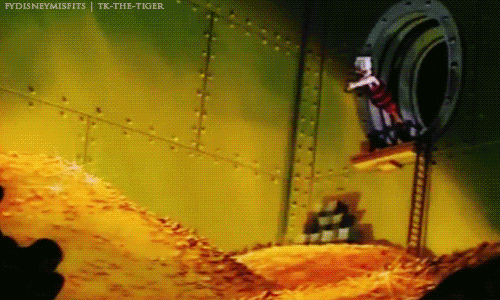 |
| Children's Book Week poster from my childhood |
A Twitter conversation among school library colleagues grew into a call for Tell Your #whylib Story for School Library Month and from there, librarians from all types of libraries joined the conversation. Here is my "why" story.
Once upon a time there was a little kid
who loved libraries and books and was an avid library user.
When, as a preschooler, she asked if
she could run the cool ka-chunking check-out machine, her branch
librarian said, “When you grow up and work in a library, then you
can!” Hmmm.
As an elementary school-ager, she walked the mile to the branch library weekly - which actually was as good as the penny candy store she stopped at on the way back - both were full of good stuff but the library was free! Surrounded by thousands of books, she imagined that working in a place like that would have to be heaven. Hmmm.
When she was old enough, she started
taking the bus to the giant Main Library. She was perhaps a little young to
be using the adult section where the really interesting books were.
She knew it because when she asked for help, the reference librarians
turned a cool eye on her and always inquired, “Have you checked the
catalog first?” (You Meanies, of course I checked!!) It struck that now pre-teen ager
that perhaps she could make libraries a little more fun, a little
less quiet and a lot less intimidating. Hmmm.
At college in the lovely '70s, she found the intermediate courses without prerequisites the best: Astronomy; Physics for Poets, Metallurgy (engineering), Old English, Old Norse, Medieval Lit, - well any lit for that matter, Scandinavian Mythology (not influenced by Tolkien, was she?), Theater, Art History, and the Development of Language and Writing. Nearing her graduation, she thought, "What all can I do with this disparate knowledge?" She looked at UW-Madison SLIS and thought, "Hey I could organize myself AND libraries!" Hmmm.
Once in graduate school, with an excellent children's services program, many future children's, teen and school librarians in her cohort , the CCBC just down the hall and more excellent courses to take on campus like Child Development and Creative Dramatics, she knew that work with children and families in libraries was exactly where she was heading. Hmmm.
When she got her first job as a
children's librarian in La Crosse, she was encouraged by wonderful
mentors like Avis Jobrack, Jane Botham, Nancy Elsmo, Pat Bakula, &
Ginny Moore Kruse who taught her “Give yourself
permission to be creative.” You had to believe them! Plus working with kids and in libraries was as good as she imagined. Hmmm.
From there she got active in state and national library association work, met tons of colleagues IRL and continues to meet and work with them virtually. She began storytelling and giving workshops and presentations and met even more people and saw where they all worked - at libraries very small to large.Each interaction with library folks has enriched her practice. Hmmm.
Throughout the years, the
librarian learned something new every day from the kids and families
who came through the doors of the libraries she worked at. They
taught her that connecting the right book to the right child can have
life changing implications. Hmmm.
And now, 57 years after trying to use
the checkout machine and 38 years into my career, I look back at
all of these “aha” moments that led me
on the path of librarianship. Reading the tweets and posts tells me the story
I'm telling isn't unique to me. You all live it each and every day
as you work with your communities. We are all awesome for the fundamentally important work we do in bringing information
and literacy to our patrons. Despite tough economic times, our
libraries and our work with the kids is vital and more important then
ever. Yes!Our happily ever after IS the work we do. And that is all the why I need!










.jpg)




